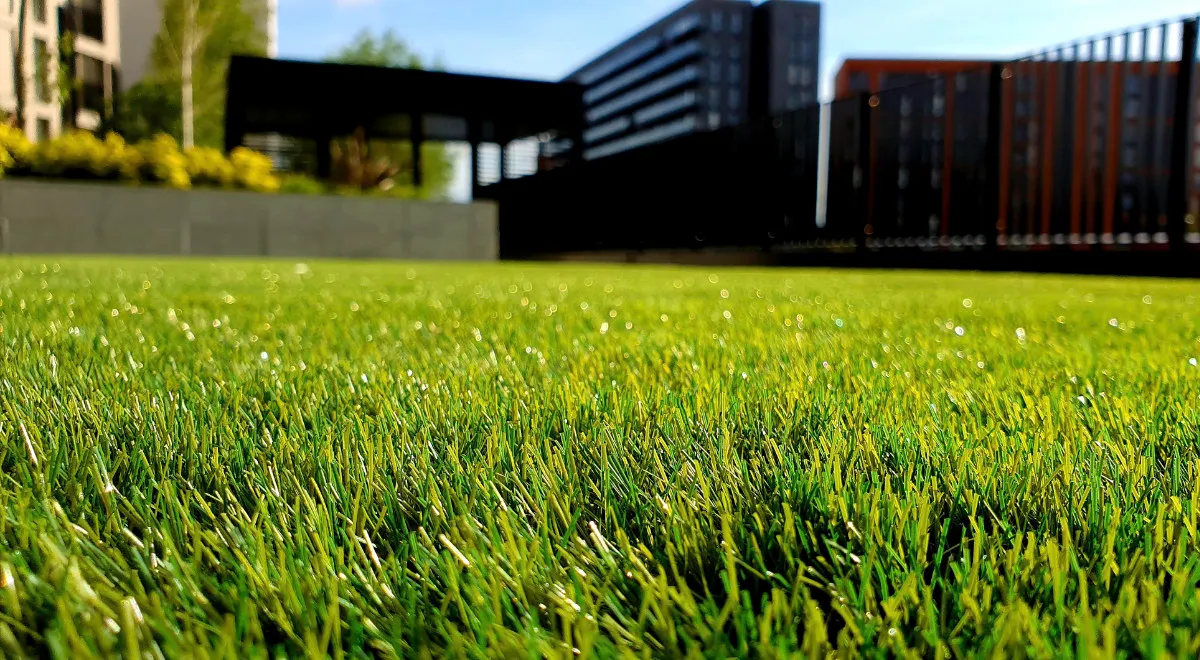Introduction:
In an era where sustainability is at the forefront of global conversations, individuals and communities are increasingly seeking eco-friendly alternatives to traditional practices. One such area that has seen a surge in interest is landscaping, with many homeowners and businesses turning to artificial grass as a sustainable and low-maintenance solution. To encourage this green revolution, various regions have introduced Artificial Grass Rebate Programs in 2023, offering financial incentives to those embracing synthetic turf. In this blog post, we’ll explore the growing popularity of artificial grass and delve into the rebate programs that are paving the way for a greener future.
The Rise of Artificial Grass:
Artificial grass, also known as synthetic turf, has come a long way from its humble beginnings. Once associated with sports fields and commercial spaces, it is now making a significant impact in residential landscapes. Homeowners are drawn to the lush, green appearance of artificial grass that remains vibrant year-round without the need for excessive water, fertilizers, or pesticides. Moreover, synthetic turf is durable, resistant to harsh weather conditions, and provides a low-maintenance alternative to traditional grass lawns.
The Environmental Impact:
One of the primary motivations behind the shift towards artificial grass is its positive impact on the environment. Traditional lawns contribute to water scarcity, as maintaining them often involves substantial irrigation. Additionally, the use of chemical fertilizers and pesticides can harm local ecosystems and contaminate water sources. In contrast, artificial grass requires minimal water usage and eliminates the need for harmful chemicals, contributing to a more sustainable and eco-friendly landscape.
2023 Artificial Grass Rebate Programs:
Recognizing the environmental benefits of artificial grass, many local governments, municipalities, and water conservation agencies have initiated rebate programs to incentivize the installation of synthetic turf. These programs typically provide financial incentives or rebates to property owners who make the switch to artificial grass, encouraging the adoption of environmentally conscious landscaping practices.
Key Components of Rebate Programs:
- Financial Incentives: Rebate programs offer property owners financial incentives, often in the form of partial reimbursement or direct financial support, to offset the costs associated with installing artificial grass.
- Water Conservation: Many rebate programs focus on water conservation, acknowledging that artificial grass requires significantly less water than natural grass. By promoting the use of synthetic turf, these programs contribute to overall water conservation efforts within communities.
- Environmental Stewardship: Rebate programs may also highlight the broader environmental benefits of artificial grass, emphasizing the reduction of chemical usage, carbon footprint, and the preservation of natural habitats.
- Application Procedures: Property owners interested in these rebate programs usually need to follow specific application procedures, providing details about the installation and maintenance of their artificial grass. This ensures compliance with program requirements.
Conclusion:
As we navigate a future shaped by climate change and environmental concerns, the adoption of sustainable practices becomes increasingly crucial. Artificial grass rebate programs in 2023 are paving the way for a greener, more eco-conscious approach to landscaping. By providing financial incentives and promoting water conservation, these programs encourage individuals and communities to embrace synthetic turf, contributing to a more sustainable and resilient future. As we continue to witness the growth of these initiatives, it’s clear that artificial grass is not just a trend but a significant step towards creating a more environmentally friendly world.



